When you travel with a loose itinerary, you learn to expect the unexpected. Prague was a wonderful example of this.
Spišské Podhradie to Prague’s Vaclav Havel airport was around seven hours by car. I dropped off the rental and took the metro system to downtown Prague: bus to subway to hostel.
Downtown Prague is a feast for the senses. For every historic building you can find in a smaller Czech town, Prague will have ten. Beautiful bridges criss-cross the river at five-minute walking intervals. Four historic medieval towns have melded into one gorgeous, historic-but-youthful city of relaxed tourism, vibrant night life, and east-meets-west (Europe) culture.

The view of the castle from the bridge
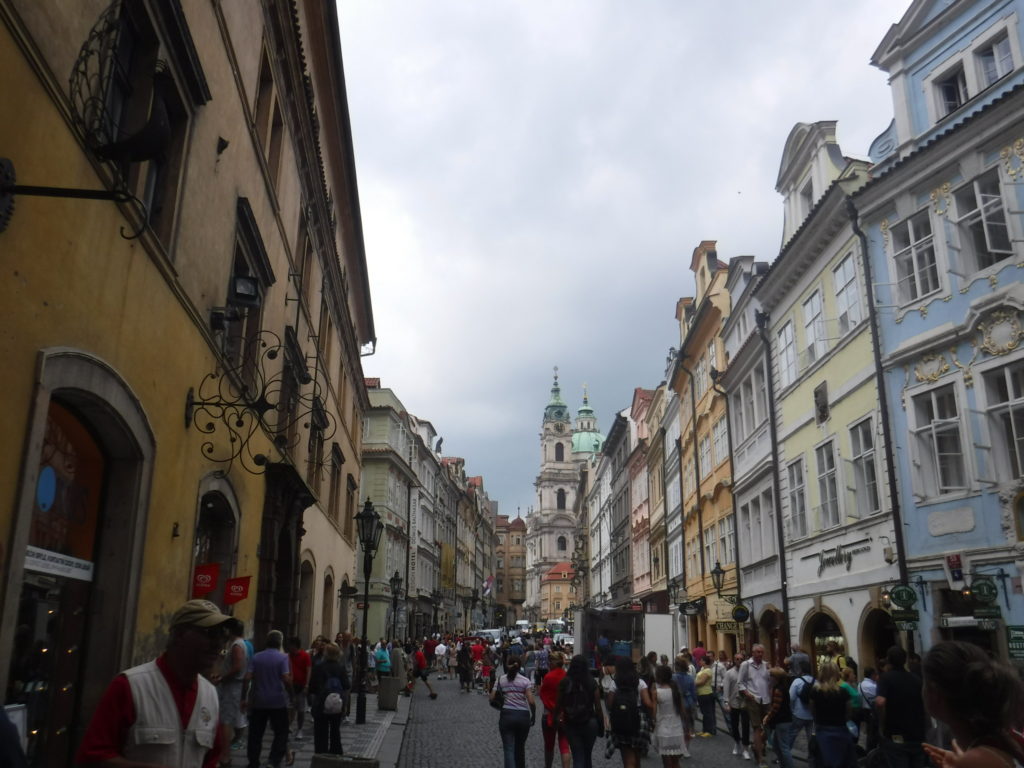
My hostel occupied most of a baroque-style downtown building. The largest yet that I’ve stayed at, Hostel Downtown is a perfect microcosm of Prague itself. Street-style art is painted on the walls, freedom of expression is encouraged on certain ‘graffiti’ areas, and the staff and hostel guests gather for breakfasts and dinners — sometimes thirty or more people at a time.
The river Vltava was an easy five-minute walk from my hostel, and I spent my first evening in the company of new friends, enjoying beer, conversation, and people-watching.
Prague is old enough to be a city-upon-a-city. As is the case with some medieval towns, buildings were “filled in” in order to raise the city’s level above the usual flood line of the river. The river walk, however, is at the old medieval town level, providing a sense of romance and seclusion.
The following morning, I opted to take the free walking tour offered by Mirek, one of the hostel staff. Mirek is also a local, so we were treated to more of a ‘secret people’s history’ of Prague. This included a visit to an underground restaurant (while the original town was buried to raise the flood line, many of the original buildings still exist) and details about the history of protestantism in the Czech Republic. Illuminati symbols are embedded within the architecture and statues of Prague, and Mirek pointed out masonic signatures on the stones of medieval buildings.
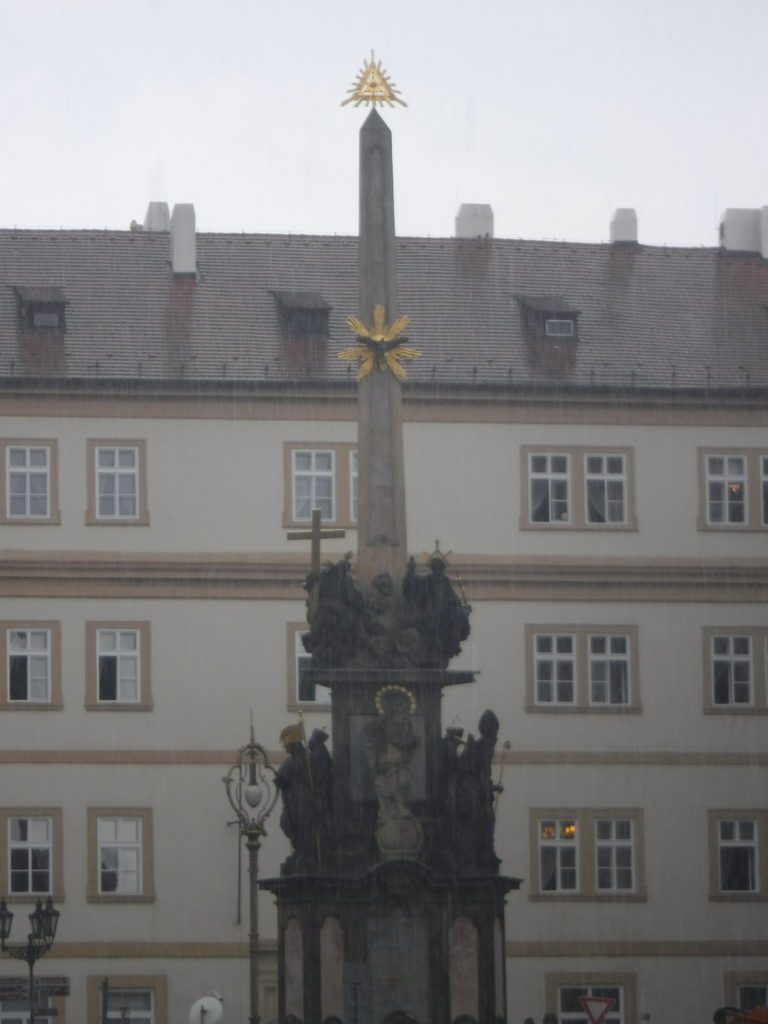
Illuminati symbol atop a monument
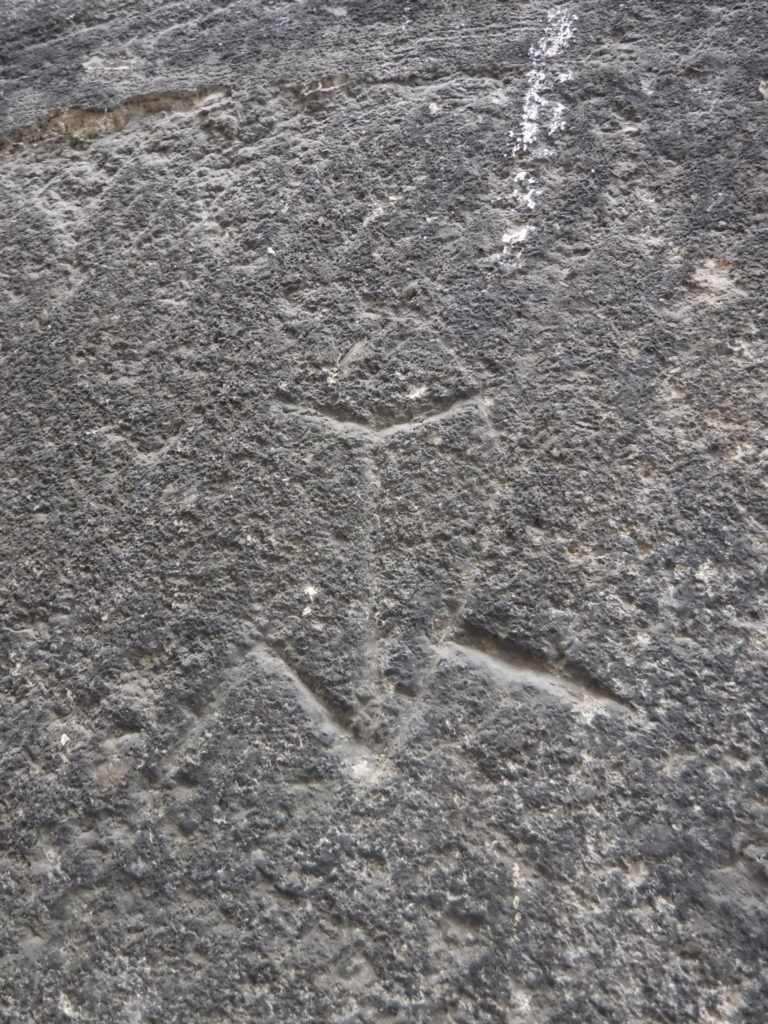
Masonic signature
There is a heavy ‘punk’ contingent in Prague; young Praguers are often irreverent and outspoken, and many seem to have found their voice in the artistic statements of David Černý: his works include babies with barcodes for faces and a fountain featuring statues of two men peeing into a map of the Czech Republic.

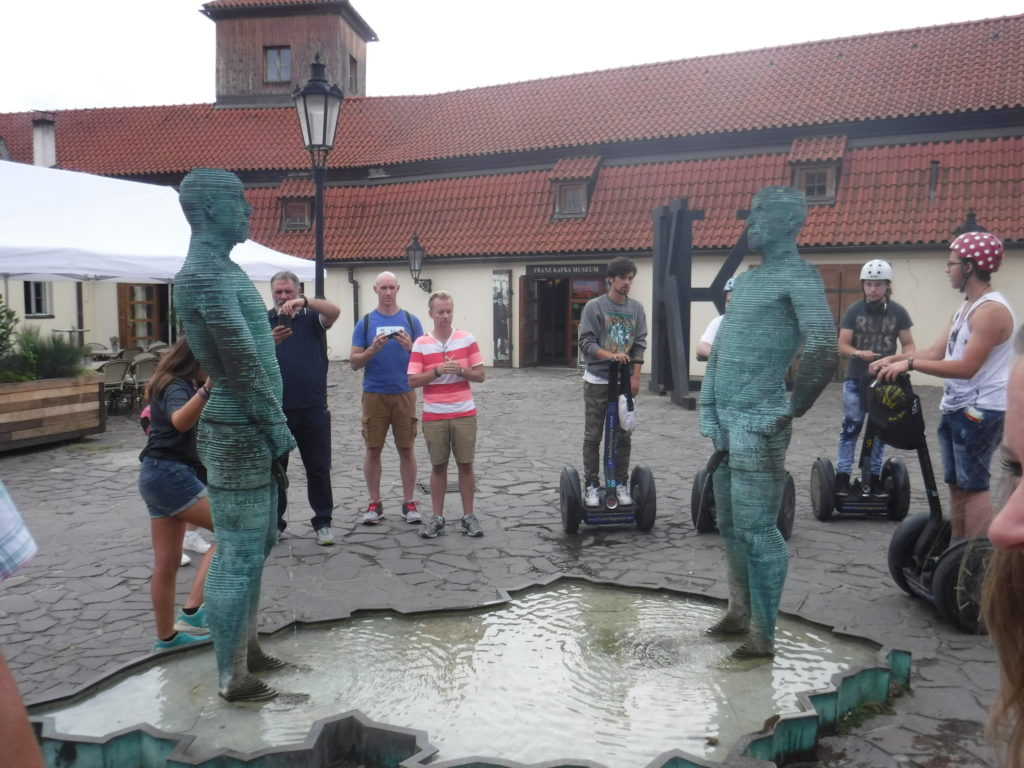
We also visited the Lennon Wall, made famous when a Czech artist painted John Lennon’s tombstone after his murder in 1980. Now, anyone is welcome to paint art or messages upon the wall. There are layers upon layers, and Mirek told us that the wall changes daily. Most written messages are about love and peace.
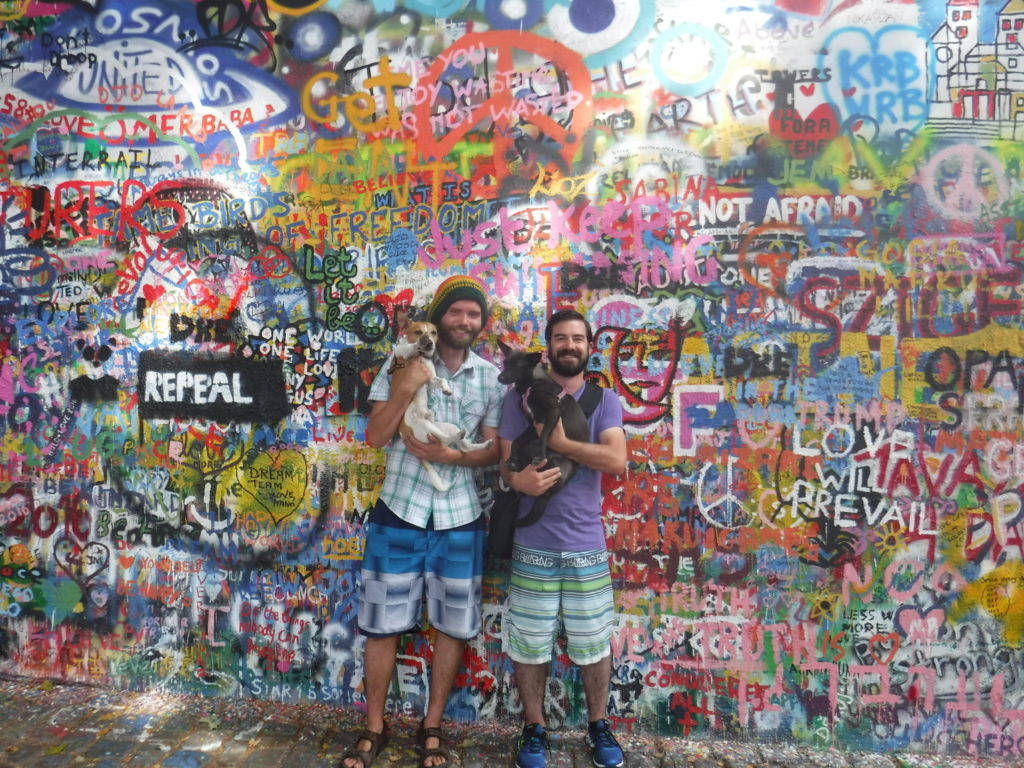
Myself, Mirek, and his doggies
At the castle gates, a man and a woman from an independent newspaper were handing out leaflets apologizing for their president’s decision to heighten security around the presidential offices. According to Mirek, President Miloš Zeman is not well-liked amongst young people and is seen as a panderer to Russia and China. In what I have come to understand as a typical Czech response to an unpopular decision, a group of Praguers climbed the castle one night and replaced the Czech flag with a giant pair of Chinese flag underwear.
We did not enter the castle itself (you can spend an entire day there, from what I understand), but I did get some excellent shots of the cathedral’s exterior, including the artful gargoyle-drainspouts vomiting water when we were caught in an unexpected torrential downpour.

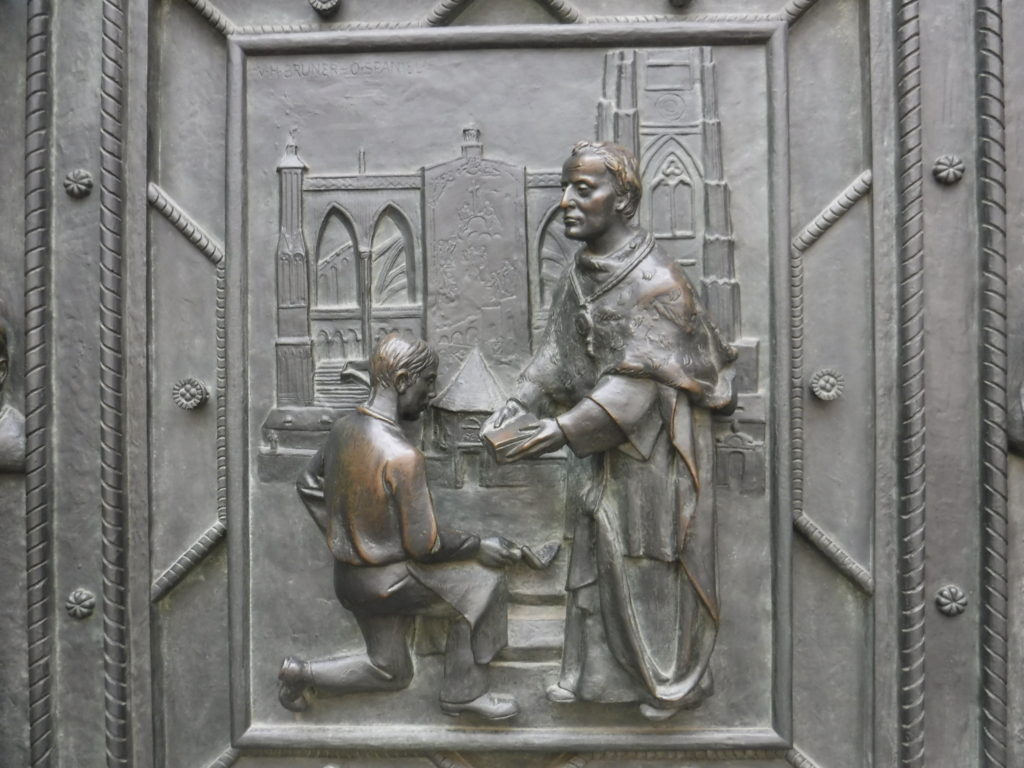
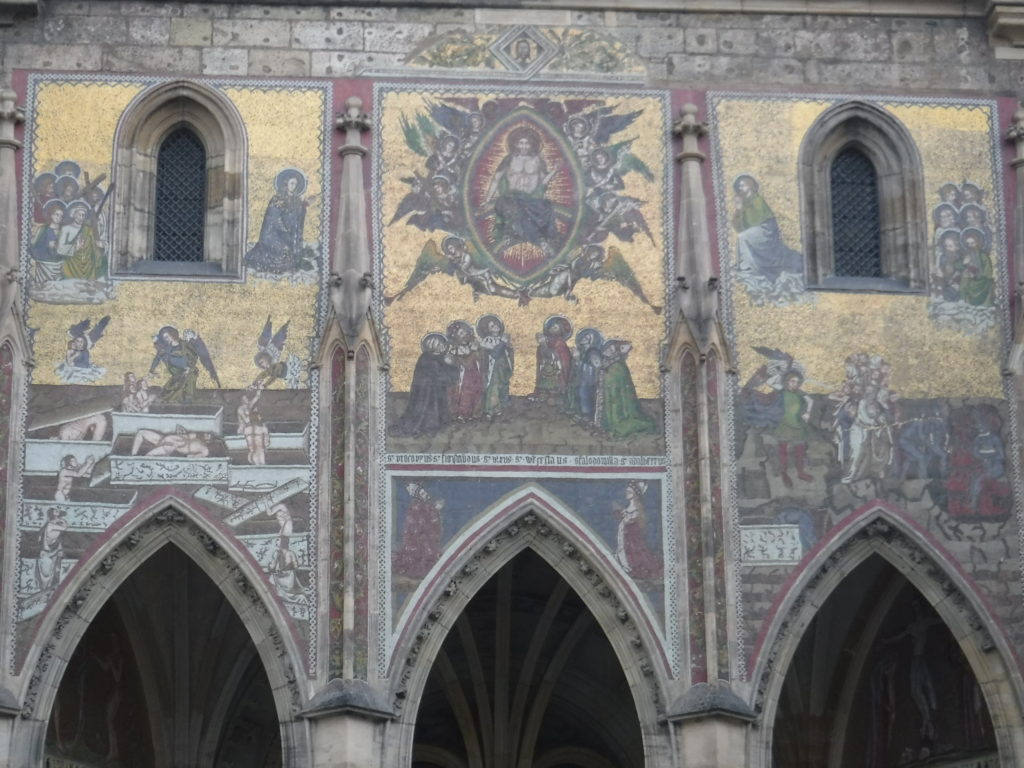
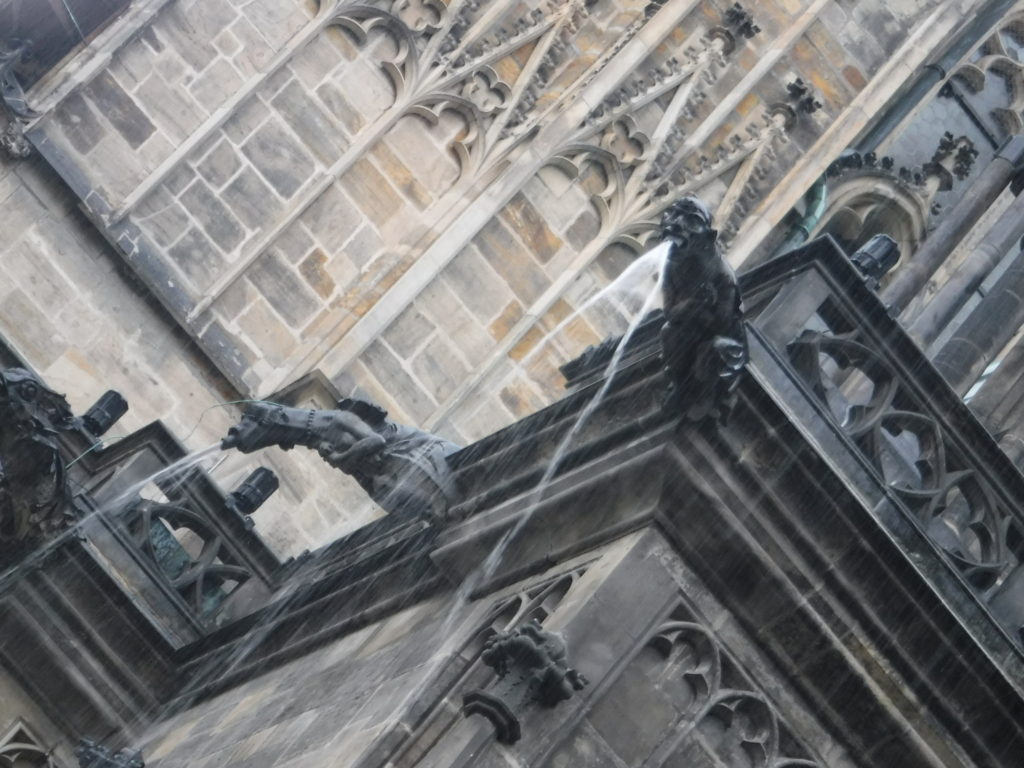
My one regret with regards to Prague is that I didn’t correctly plan my trip around viewing Alfons Mucha’s Slav Epic. The cycle of paintings, his magnum opus, are a series of 20 mural-sized depictions of Slavic history. The national gallery, which houses the paintings, is closed on Mondays. I have seen it as a sign that I must return someday to the city of Prague.
Instead, I visited the small museum dedicated to Mucha. Within, I watched a short biography (in English) about him, and snapped a few pictures of the Art Nouveau visionary’s works (until I was told that photography was not allowed). Mucha was so important to Czech culture that they asked him to design everything: movie posters, advertisements, art galleries, furniture, the national bank notes, and even stained glass windows (the stained glass window picture is not mine but I wanted to include it, because it encapsulates the scope and beauty of his work — I also included a pic of part of the Slav epic, so you can empathize with my regret at not having gone to the National Gallery).
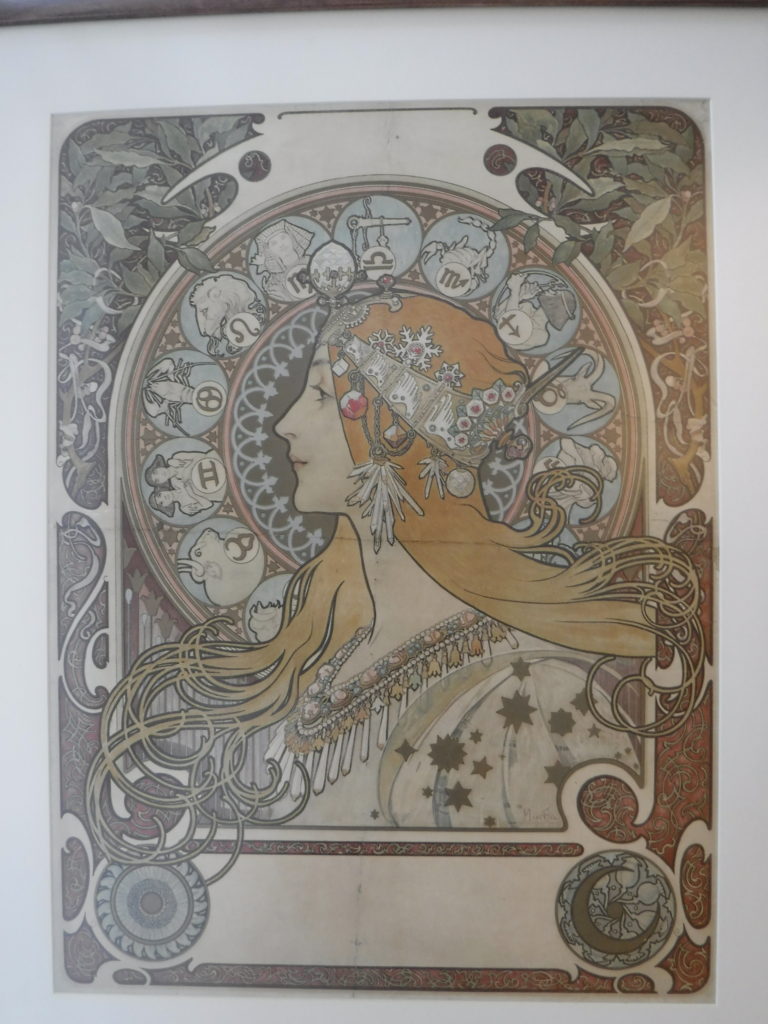
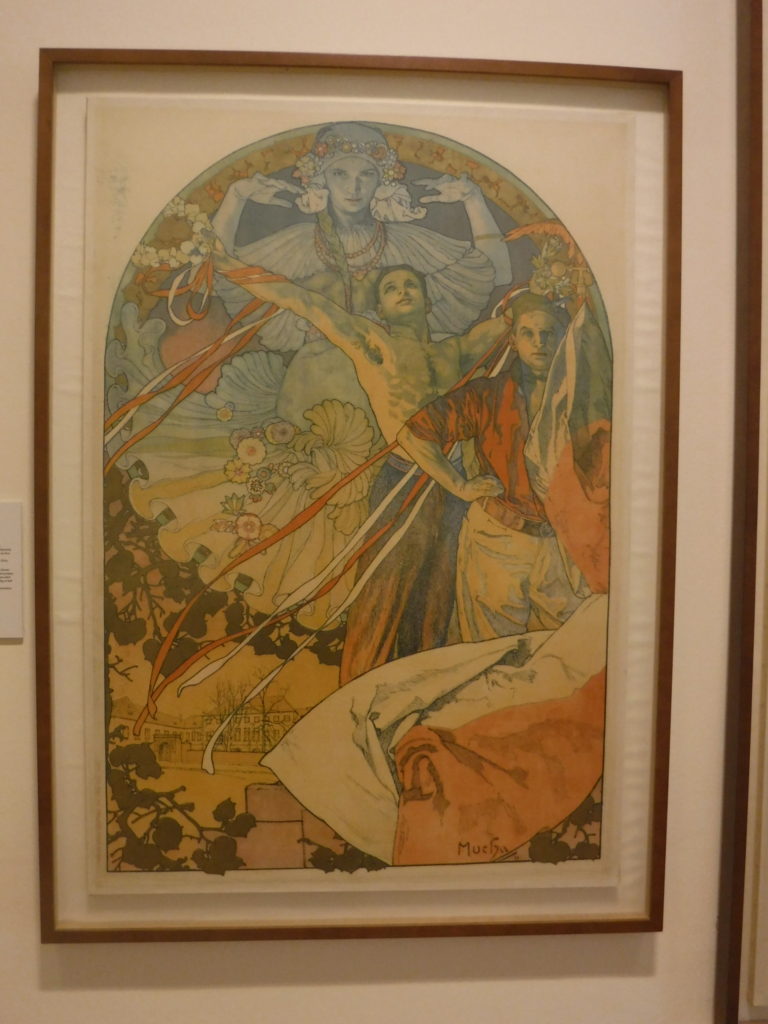
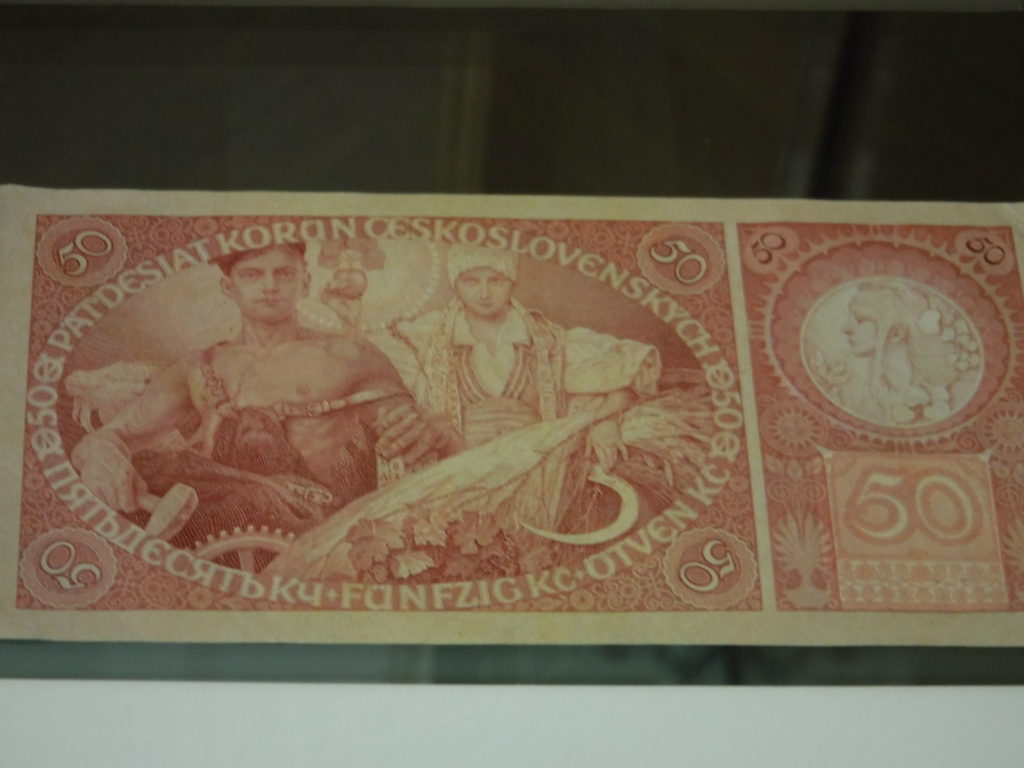


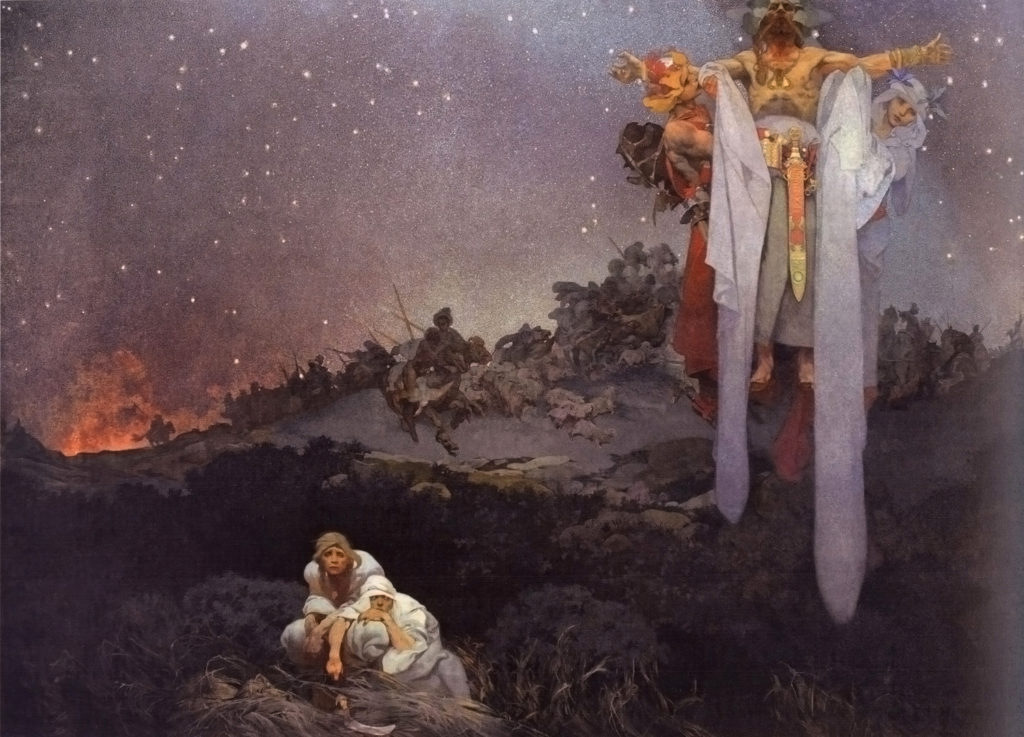

The evening’s events led to my final unexpected delight in Prague. The music bar just down the street from the hostel is an open-mic style venue. One of the bands that evening, Sunrise Kingdom, had a romantic tale worthy of an indie film: three guys working on a cruise ship decide to start a band and play a whirlwind tour of Europe. Bluesy and full of heart, playing a blend of their own songs and contemporary hits such as Crazy, they brought the house down.
Party on, Prague. Party on.
Up next: Venice
I am painfully envious of the art and architecture that you’re surrounded by but very glad you’re taking us along with you. Also, my #downspoutgoals have just kicked up a notch.
Let the adventure continue, cuz!
Love reading about the awesome path your loose itinerary is paving for you…. they will he feat memories for sure.
If you are looking for a cool lunch in Venice, ask a Gondalier to show you “Nona’s house” where all the Gondaliers eat! Bus your own table and wash your own dishes, but her homemade pasta and sauce is to die for!